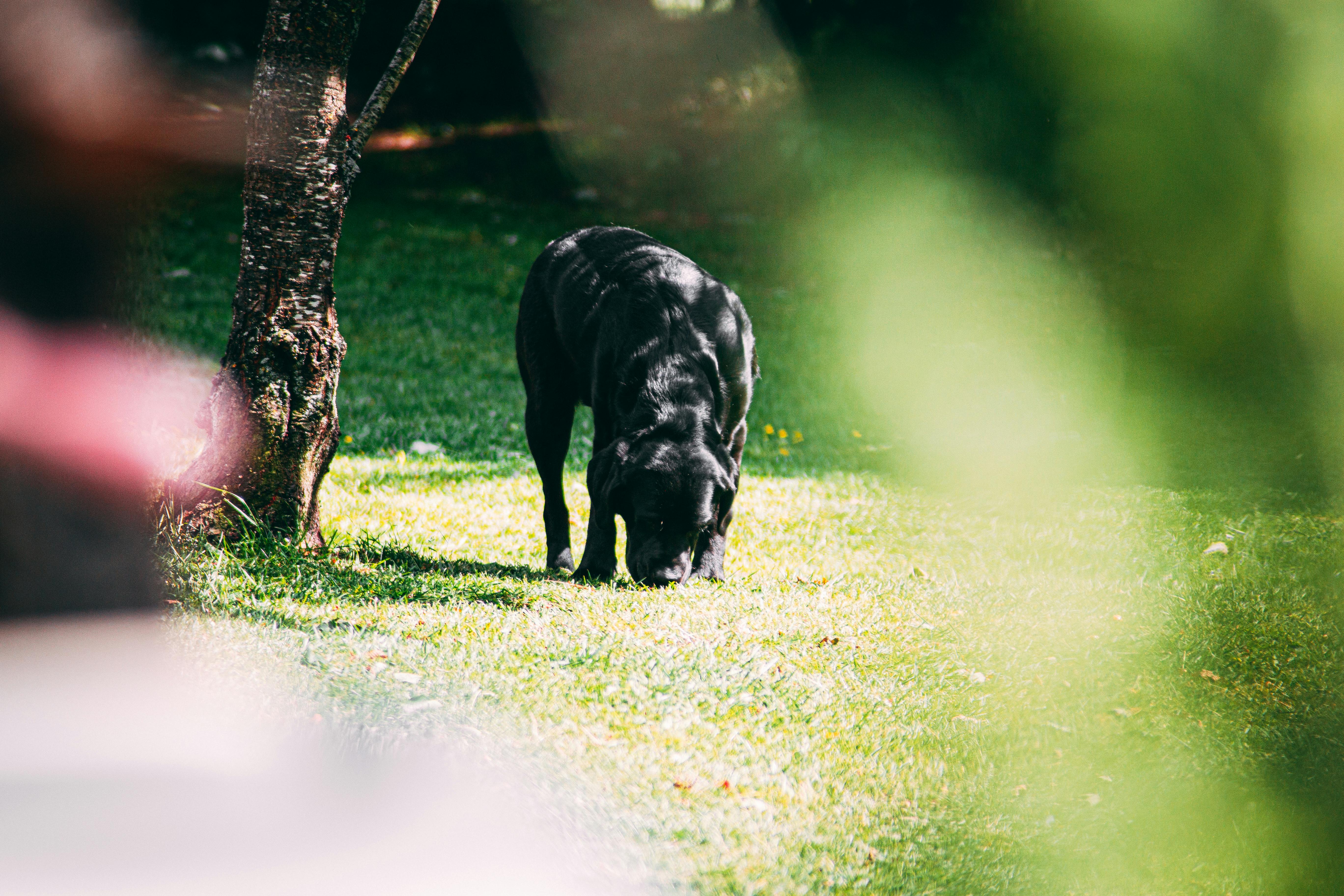Hypothermia can kill your dog. Although this is especially true of small breed dogs and dogs with very short hair, it can also occur in cold-weather dogs, such as Huskies, Malamutes, and Bernese Mountain Dogs. The best protection for your dog is prevention. However, prevention is not always enough, and treatment must be administered quickly and effectively in case your dog becomes hypothermic. To prevent or treat, one must first understand what hypothermia is.
As with humans or any other warm-blooded creature, exposure to extremely cold environments can be terminal. Hypothermia, which usually occurs along with frostbite, is when your body is clinically unable to regulate its vital functions because your core temperature is too low. A normal temperature for most dogs is between 100.5 and 102.5.
Signs that a dog is hypothermic will include:
shaking
Chills are an involuntary muscular reaction put on by the body in an effort to warm up your core temperature. It is essentially forced exercise.
raised hair
If your dog is hypothermic, you may notice that his hair is standing on end or standing on end. In an effort to fight hypothermia, the dog’s body lifts the hair to trap a layer of air between the hair and the skin. The air then heats up, providing the dog with a layer of insulation.
cold ends
As hypothermia progresses, the body shuts off most of the blood flow to the extremities. This is done to maintain blood flow to vital organs. During this stage, your dog is also at the highest risk of frostbite, which is tissue frostbite, and another reason why your dog’s legs, feet, ears, face, and tail may appear cold or hard when touch.
Weakness
The late stage of hypothermia causes the body to use almost all of its resources to keep the brain, heart, and lungs working. Because other parts of the body are not receiving blood or even nerve signals, your dog may appear weak or even exhausted. Tissue death has almost certainly occurred.
Unconsciousness
Terminal hypothermia begins with unconsciousness and ends shortly thereafter with death. Emergency medical treatment is the only way to save your pet at this time.
Prevention of hypothermia is in the hands of the dog owner. You must first understand your dog’s tolerance for cold and prepare accordingly. Weak or sick dogs should not be forced to endure the cold. Short-haired dogs and very small dogs should be outfitted with boots and other clothing to help them retain heat, and their exposure time should be limited. Even for long-haired or cold-weather dogs, adequate shelter is imperative. If a dog is allowed to get damp or wet, its chances of hypothermia are greatly increased. In fact, a wet dog is much more likely to suffer from hypothermia, even if the temperatures are not significantly low.
Even with the best prevention, hypothermia can still occur in your dog. Mild cases can be treated by SLOWLY warming the dog up. Start by moving the dog indoors or to a warmer environment. Place warm blankets, warm towels, and plastic bottles filled with warm water around your dog. Do not allow bottles or heating pads to come into direct contact with your dog.
As your dog’s body tissues heat up, they may tingle or feel sore. Your dog may bite in these areas. Discourage them from doing so without getting bitten. Frozen skin will die and peel over time.
Even if your dog appears to be recovering from hypothermia, you should call your vet and let them know about the situation. Always keep in mind that the most extreme cases can only be treated by a veterinarian.




